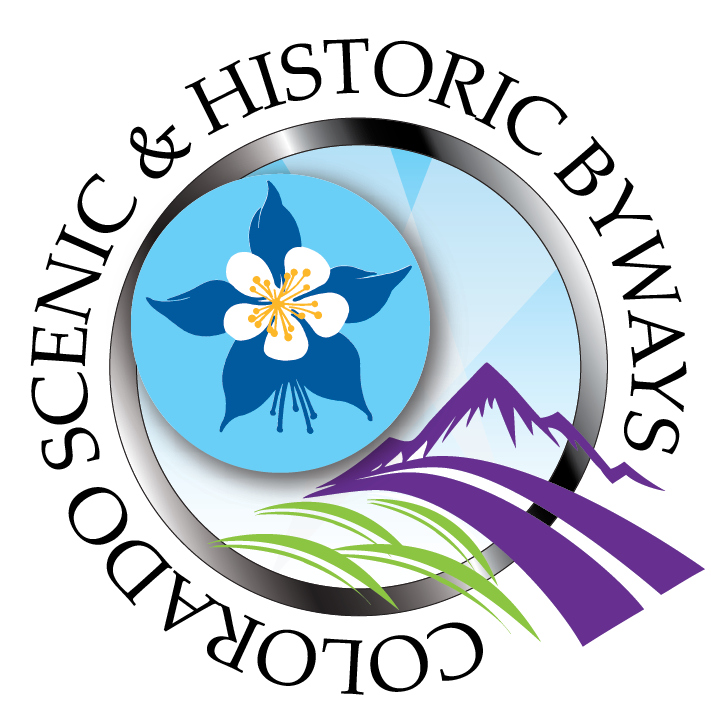May Ranch: A Sustainable Way of Life
A Family Ranch in Eastern Colorado Illustrates the Multi-Generational Value of Conservation
Landowners: The May Family
Partner land trust: Colorado Cattlemen’s Agricultural Land Trust
Location: Lamar
Topics: Restoration of water/wildlife/plants, irrigation methods, wildfire resilience, species reintroduction
As Coloradans are unfortunately aware, wildfires are now a constant threat throughout the state – and not just in heavily wooded or tree-dense areas. The May family knows this all too well. They’ve been ranching and farming near Lamar, Colorado in the southeastern part of the state for over three generations. Dallas and Brenda May have a 18,000-acre ranch that is recognized nationally for its sustainability and conservation efforts, but in spring 2022, the ranch faced a devastating wildfire that threatened everything the family holds dear.
In a matter of a few hours, wildfires ripped through the Mays’ land, burning 10,000 acres – decimating the landscape and killing many of the animals that called the land home. Despite that, the family is grateful for the neighbors and volunteers who showed up to help fight the fire, and they are investigating how to restore the land to the way it was before the disaster. It will be no small feat – though by September 2022, signs of resilience and successful restoration were already visible.
A sustainable focus
The heart of the May family’s approach to ranching is sustainability, with a focus on keeping the working lands and natural resources healthy and viable for future generations. Since placing its ranch in a conservation easement in 2015, the family has undertaken various efforts aimed at protecting the area’s animal and plant life and improving the sustainability of its ranch operations.
The Mays have developed a plan, and now work with conservation organizations like Colorado Cattlemen’s Agricultural Land Trust and the Audubon Society’s Conservation Ranching Initiative to protect the land’s wildlife habitat and follow sustainability best practices. They have also worked with groups such as Denver Botanic Gardens to identify native plant species that feed wildlife, including one project that uncovered more than 90 plant species that had never been documented in the area.
The family’s partnerships have resulted in improvements to a range of natural grasslands as well as the water quality and quantity in the streams that run through the property. They have restored water, wildlife and plant habitats by installing wildlife-friendly fencing, planting additional native trees like willows and cottonwoods, and expanding watering areas for their extensive livestock operations. These activities have also revitalized the natural growth of some native plants and created larger ecosystems for birds and other fauna. The Mays’ approach to conservation has earned recognition from the Audubon Society, which gave the ranch its “Raised on Bird-Friendly Land” endorsement.
The Mays have seen proof that their proactive conservation efforts are working: Black-footed ferrets are thriving. These endangered weasel-like animals, once thought to be extinct, are the only ferret species native to North America. Because black-footed ferrets are a mid-level predator, preying mostly on prairie dogs and providing food for raptors and other night hunters, they serve an important function in a healthy ecosystem.
“[Black-footed ferrets] have integrated into the ranch and are adapting in their natural function.”
Colorado is home to several reintroduction sites – and the May Ranch is fortunate to be among them. In the fall of 2021, the family released black-footed ferrets on the ranch. A year later in September 2022, Colorado Parks and Wildlife surveyed the ranch using detection dogs and spotlights. But finding proof of them is not easy. “It is extremely difficult to get any photographic evidence of ferrets because they are so secretive and 100 percent nocturnal,” said Dallas. In a stroke of luck, on the last night of the scheduled survey, surveyors photographed two individuals miles apart.
“This confirmed our hopes that they have integrated into the ranch and are adapting in their natural function. This gives everybody extreme optimism to know that it is successful,” Dallas said. The Mays plan to release more ferrets in November.
Photo: Colorado Parks and Wildlife
An extensive effort
The May family has undertaken a variety of other efforts to keep its ranch and farmland in operation. By shifting from flood irrigation on the farmland to pivot irrigation, the Mays are able to use less water and target water where it is needed most. The family has also introduced periodic crop rotation, and after the corn harvest each year, it adds cover crops like turnips and radishes to improve the soil quality.
Additionally, through a partnership with Ducks Unlimited, the Mays have instituted a program that provides carbon credit offsets in the global market. This process captures carbon dioxide in the soil of grazing lands and helps reduce the amount of gas in the atmosphere. The work assigns fair market value for these efforts and gives the family a financial return.
Collectively, the May family’s focus, even before the fire devastated its ranch, is on sustainability. Their wish is to preserve what they have so that future generations will be able to use it down the line. The family understands and values the need to partner with conservation groups and their fellow community members to create a plan that works for everyone. These days, their work looks different than it might have if the wildfire hadn’t torn through the property, but they are as focused as ever on re-establishing and regrowing the habitats they’ve worked so hard to protect.
Post-fire, there is evidence that their efforts are working: Several threatened species have been documented in the burn-scar area. And they are thriving. The multiple signs of revitalization on the prairie, says Dallas, “is all verification of the resilience of nature.”
“The multiple signs of revitalization on the prairie, says Dallas, “are all verification of the resilience of nature.””
Produced in partnership:
















